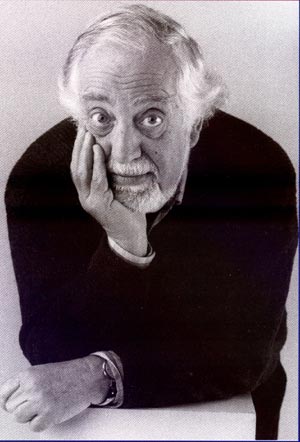Showing posts with label The Language English. Show all posts
Showing posts with label The Language English. Show all posts
Summary of At Hiruharama
Biography of Penelope Fitzgerald
Summary and Analysis of The Sandpiper by Ahdaf Soueif
Background/Setting
The setting is the resort town of Alexandria though the city is only mentioned. Action, such as it is, is limited to a beach house or a residence close to a beach. The background to the story to the story is the failing marriage of the European narrator and her Egyptian husband. The story covers just couple of hours of a summer afternoon.
Characters/Characterization
The narrator is caught between two cultures, her husband has drifted from her, yet she is passive though unhappy. There are touches of the neurotic in her. She is in Egypt for summer, Alexandria in fact, but the rest of the time she lives in her “northern land”. But being in familiar environment does not seem to ease things. Her passivity is surprising. She walks without disturbing the sand on the path. Though she has been married for eight years and has come to Alexandria for that many years, she has not learned the language and feels ill at ease. To be sure there is much conflict in the two vastly differing cultures. Women in upper class families did no work in Egypt but she is used to being independent in her country. There is a hint of the husband straying – “On that swirl of amazed and wounded anger when, knowing him as I did, I first sensed that he was pulling away from me, I should have gone”. She is now waiting only for her daughter Lucy to “grow away from me”. Lucy was born in Egypt and is at home there. The narrator senses that Lucy’s need for her is lessening and soon she will be able to make a break.
Biography of Adhaf Soueif
In 2004, her book of essays, Mezzaterra, was published. Her most recent work is Cairo: My City, Our Revolution (2012), a personal account of the 2011 Egyptian Revolution. Ahdaf Soueif lives in London and Cairo. She writes regularly for The Guardian and is a key political commentator on Egypt and Palestine. She is the founder of the Palestine Festival of Literature, Pal Fest..
Biography of Morris Lurie

What is a pen?
A pen is a writing implement used to apply ink to a surface, usually paper, for writing or drawing. Historically, reed pens, quill pens, and dip pens were used, with a nib dipped in the ink. Ruling pens allow precise adjustment of line width, and still find a few specialized uses, but technical pens such as the Rapidograph are more commonly used. Modern types also include ballpoint, rollerball, fountain, and felt or ceramic tip pens.

